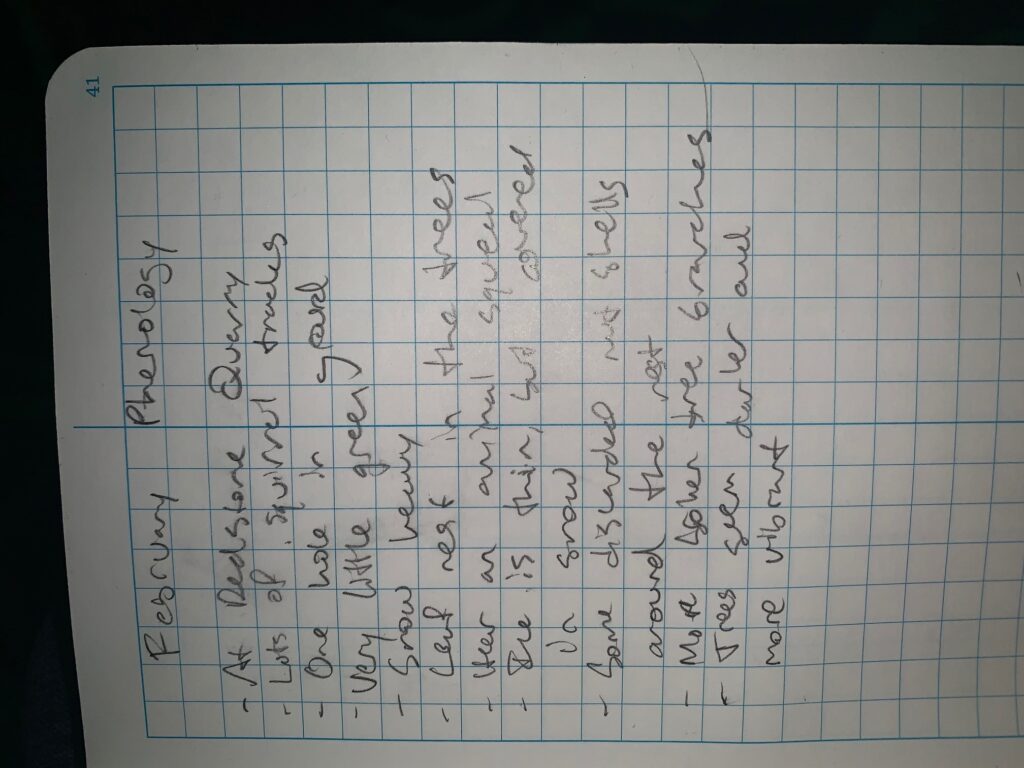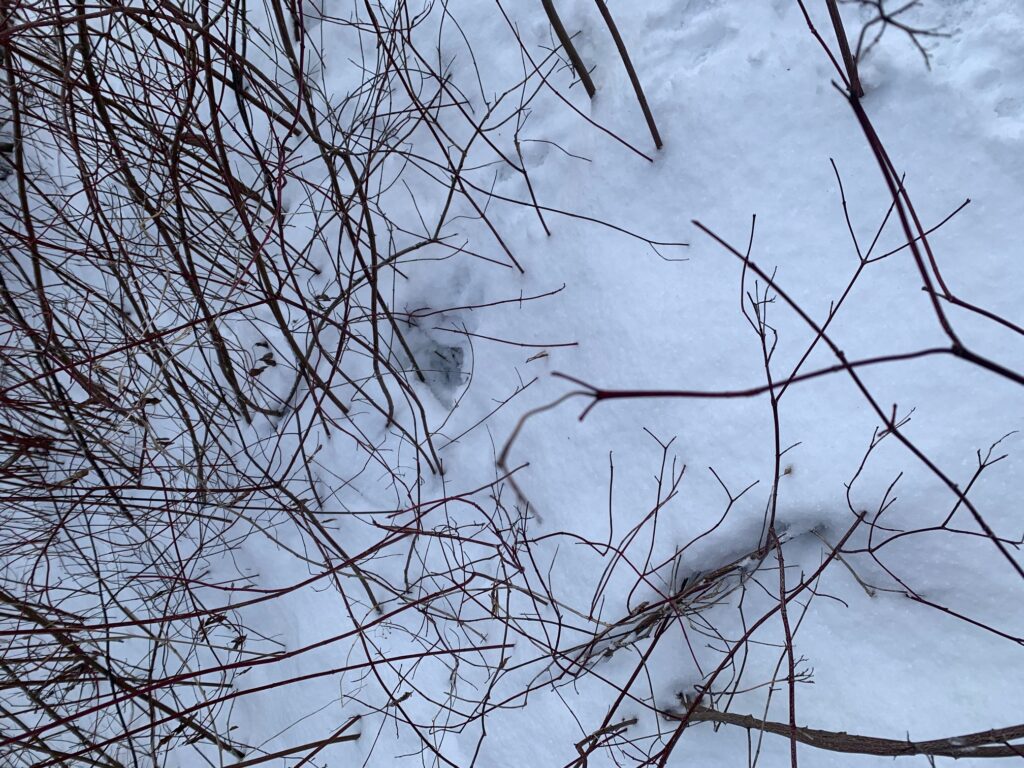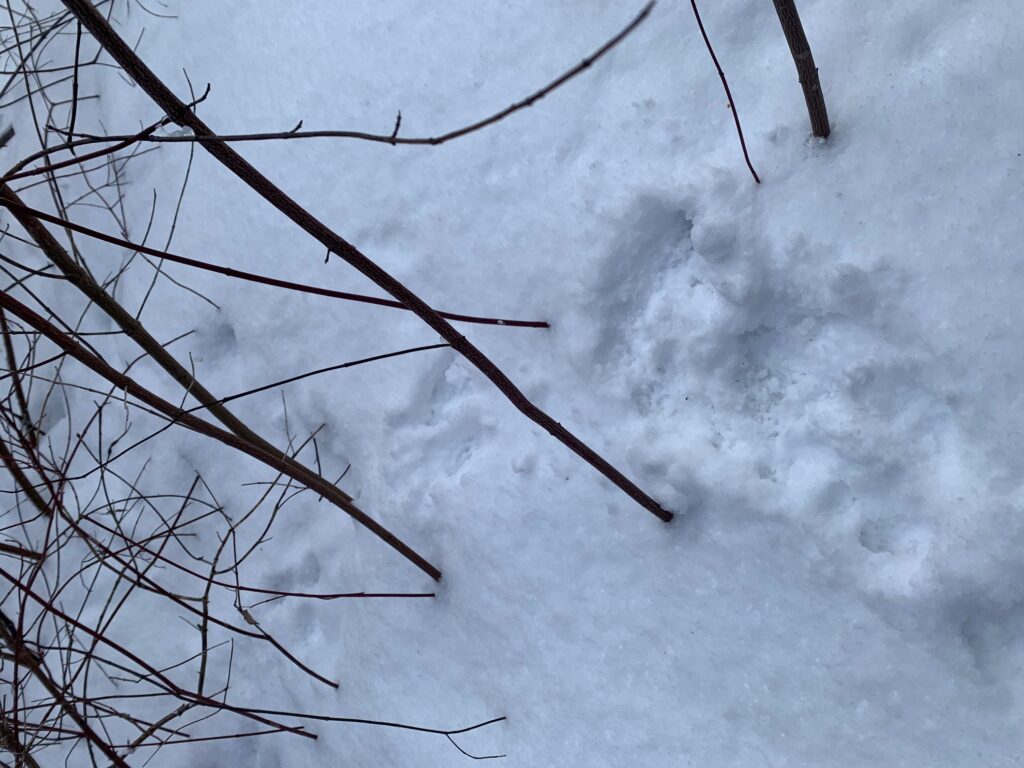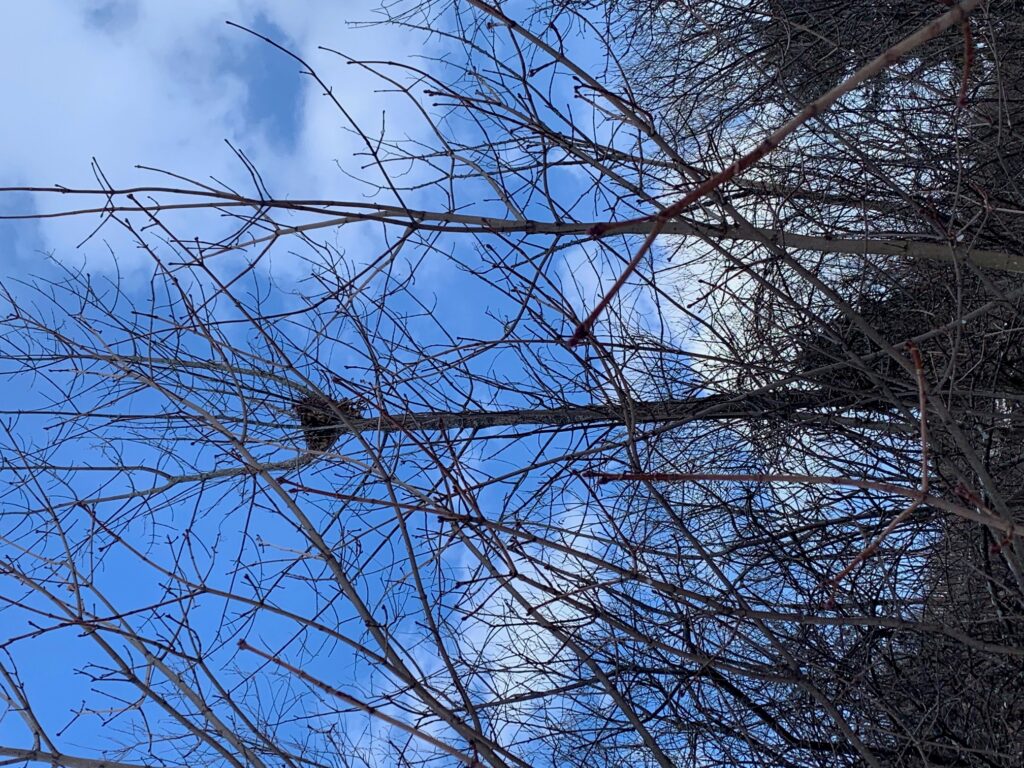April Phenology Notes

April Phenology
For this Phenology Blog I wanted to focus on flowers. I wanted to get a picture of every flower I saw blooming. I succeeded in getting around 10 flowers, each prettier than the last. These flowers were fun to take pictures of. They each had such different colors, and unique shapes. Another interesting thing is that I watched them for about an hour and saw something interesting in their interactions with the bees. Bees prefer some flowers over others. Overall they just went for any flower they could get their hand on, but they did appear to play favorites.
One other thing that I tried to do for the April blog was to get images of the grass growing. I started at the beginning of the month and took one another picture in the middle of the month, then one final one at the very end. I was mildly successful. While each picture does in fact show a change in height, it is not much of a noticeable change. This was odd to me because at another house a few miles from mine where I mow the lawn every three weeks, they had growth of almost 4 inches. I only got about two centimeters. There are two things that I think could be behind this. A) Somehow this place has much more fertile soil than us and is able to triple our grass growth. B) There are hidden variables at play. The lawn I mow is someone’s backyard. They don’t use it very often, and for the entire month, were on vacation. This is an untouched grass field with optimal space and time to grow. The grass I took photos of was different. Firstly, it had different growth patterns, but I won’t get into that right now. The main difference was that the grass I took was on the sidewalk. Every day it was subjected to people and animals trampling on it. Whether it’s a dog pooping on it, me bouncing a basketball on it, or my neighbor dragging her garbage bins over it, this grass got a much worse lot in life. I think that this overuse is what was the main contributor to the fact that this grass grew so little over the one month period.
Journal: February
Field Notes

February Pictures
Squirrel Tracks and Nests
February: Survival
February: Survival
The animal that we found the most evidence of was the Gray Squirrel. The gray squirrel lives mostly in nests in trees, although in Winter sometimes you can find it in underground dwellings. The grey squirrels that we found had both types of nests. During the day the squirrel will gather nuts and seeds, and bring its previously made nut stashes back to its nest (Lawniczak). Usually it avoids the heat of the day, although in winter oftentimes you will find it active whenever there is light. At night the squirrel tends to sleep and groom itself. The diet of a Gray Squirrel is large. It eats tree bark, seeds, tree buds, berries, tree bark, acorns, walnuts, other nuts, mushrooms, and more (Lawniczak). They have a very large number of predators. The list includes humans, hawks, weasels, raccoons, foxes, domestic and feral cats, snakes, owls, and dogs (Lawniczak). One of the species that interact with it the most are humans. Whenever humans come the squirrels are scared into their nests and food stores and must sit there and lose light while we tromp all over the place. Another living thing that interacts with them are sugar maple trees. In the two nests we found sugar maple trees to be the most prominent tree in the area. In the underground nest there were large twig sugar maple species that surrounded the nest and seemed to offer some sort of protection. Then the trees that the nest were in were sugar maples. It seems that the squirrels really like the sugar maple for their home.
Since the last visit a lot of changes have occurred in our area. When we first went it was the end of a cold snap, and snow was forecasted for the day. The temperature was incredibly low, and the ice was incredibly thick. When we went this time the ice was not even visible. Snow about six inches thick covered everything. If you pushed hard with your foot you could get down to water. Another thing is that the trees seemed stronger. At the last check whenever you touched a tree limb it would snap off. This time when you touched the branches’ they just snapped back at you. Another thing is that all of the icicles had melted down to a quarter of their previous size.
Works Cited:
Lawniczak, M. K. (n.d.). Sciurus carolinensis (eastern gray squirrel). Retrieved from https://animaldiversity.org/accounts/Sciurus_carolinensis/
January: Endurance Photos
January: Journal Photos


Redstone Quarry Basics


January: Endurance
Over the semester I switched my phenology blog location from Centennial Woods to Redstone Quarry.
How to reach the quarry:
To get there you take a right on Davis, then a left on S Prospect. Keep straight then take a left onto Shelburne Road. Then take a left on Hoover and right in front of you will be the Redstone Quarry.
Redstone Quarry and Centennial Woods are similar, so I will be able to continue where I left off in the Phenological changes that occurred in the land. One of the most noticeable things about the woods in January is that all of the water is frozen. We were able to walk across a pond easily, found tons of icicles on the wall, and slipped oh so many times. There was also less snow cover than previously seen. I think this was because the last time I did phenology was during a storm. Other changes include seeing lots more dead branches on the ground, any green seen previously was gone, and there was no sound from any animals.
At the site we identified several twig species. The main one was Black Oak group. The twig had pointy buds, was dark colored, and situated among oak trees. Another was the Sugar Maple, and White Oak group.
Another interesting thing we found at the site were animal tracks. As expected, the main tracks were that of the gray squirrel. It was very hard to see them because the snow has been melting, and the delicate steps of the squirrel rarely show up. When did see them it was a whole bunch together in some sort of meeting. Another very odd thing we saw was “moose tracks.” I was almost certain they were because of the distinct two pad hoof, and they were huge, about the size of my hand. There was no way a dog did it. Anyway the people I was there agreed it was odd, but unlikely that a moose had ended up in the quarry.


















